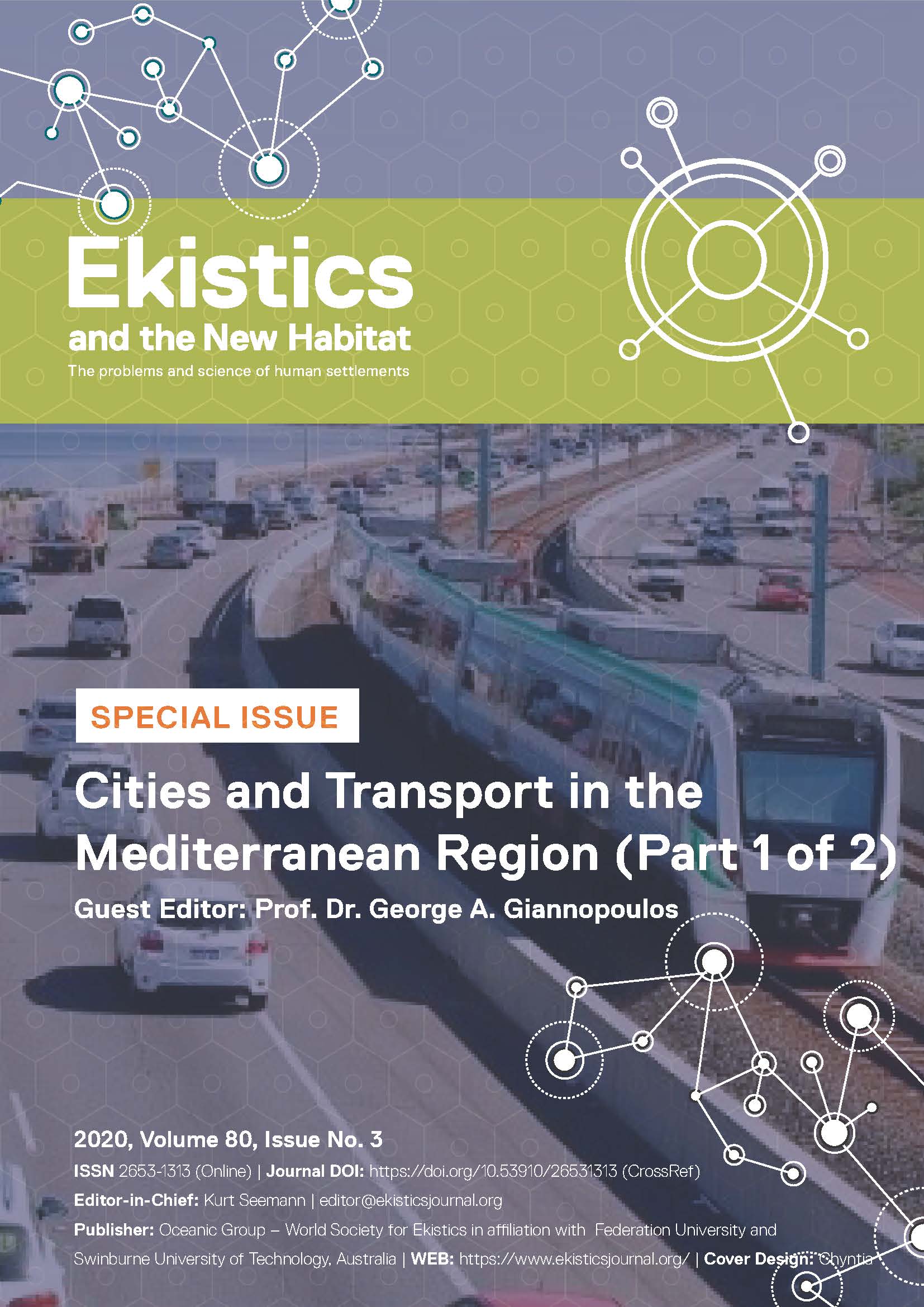Cities and Transport in the Mediterranean Region: Editor’s Introductory Note
DOI:
https://doi.org/10.53910/26531313-E2020803544Keywords:
Cities, transport, Mediterranean, sustainabilityAbstract
The Mediterranean region consists of 20 countries bordering the Mediterranean Sea with two of them being islands. It is a region with many and distinct differences, not only in terms of national population size but, also in terms of national population densities, demographic growth rates, systems of administration, economic management and development. The region can rightly claim the title of being “the cradle of civilization” a propos its great ancient civilizations from which most modern scientific and ethical values have developed. It is also a great tourist destination in the world and a major transport corridor of global significance.
In spite of their differences, Mediterranean cities share some of today’s main urban challenges. The more pronounced of these “common” challenges are the
following: Environmental degradation (mainly pollution of air and soil); sanitary and public health conditions; daily economic life (income, employment, opportunities); quality of residential inventory; and the needs for mobility and transport (especially public transport services). Of increasingly universal concern are also the issues of security and climate change, especially the effects of sealevel rise. While the present special issue of Ekistics and the New Habitat deals with one of the major “common” urban challenges mentioned above: the provision of mobility and transport, this editorial note provides context for the key challenges related to urban mobility and transportation in the region.
Downloads
Published
How to Cite
Issue
Section
Categories
License
Copyright (c) 2021 Ekistics and The New Habitat

This work is licensed under a Creative Commons Attribution-NonCommercial-NoDerivatives 4.0 International License.
Please contact the Editor-in-Chief: editor@ekisticsjournal.org, should you have any questions on copyright for your submission.
This research journal is for Educational and Knowledge development purposes.
All material published on this site complies with our copyright and terms as described by the Attribution-NonCommercial-NoDerivaties 4.0 International (CC BY-NC-ND 4.0)






